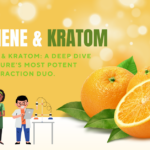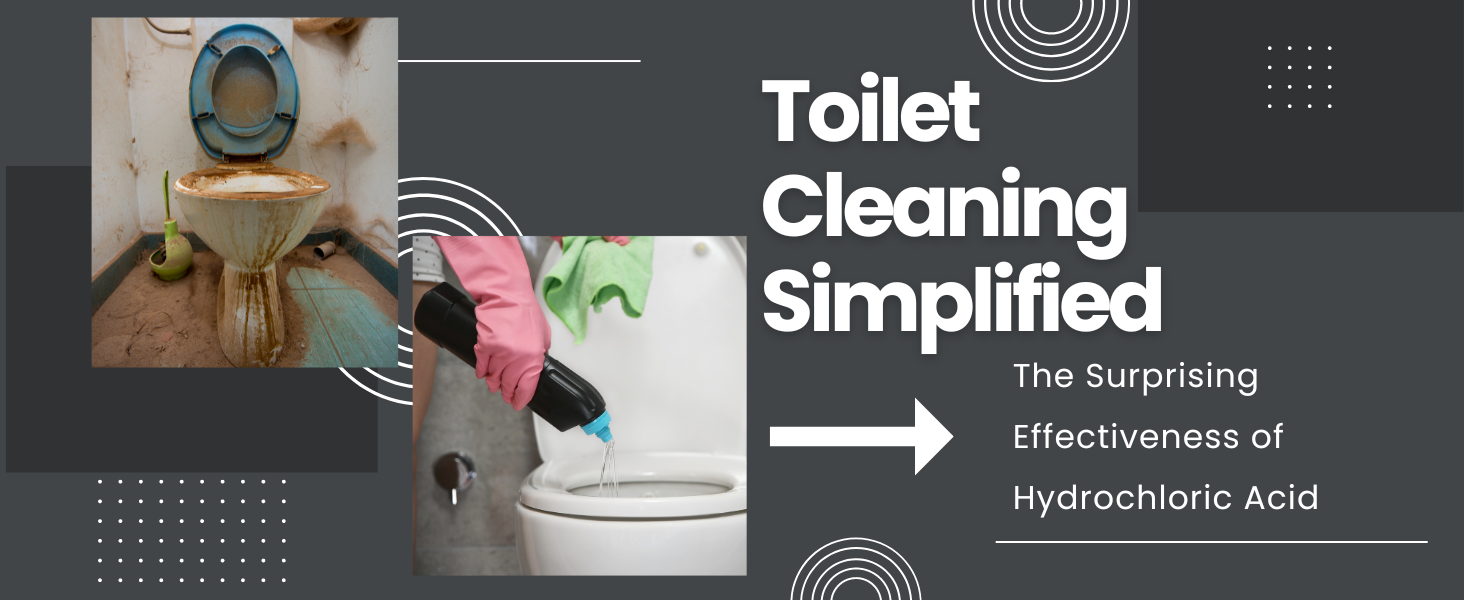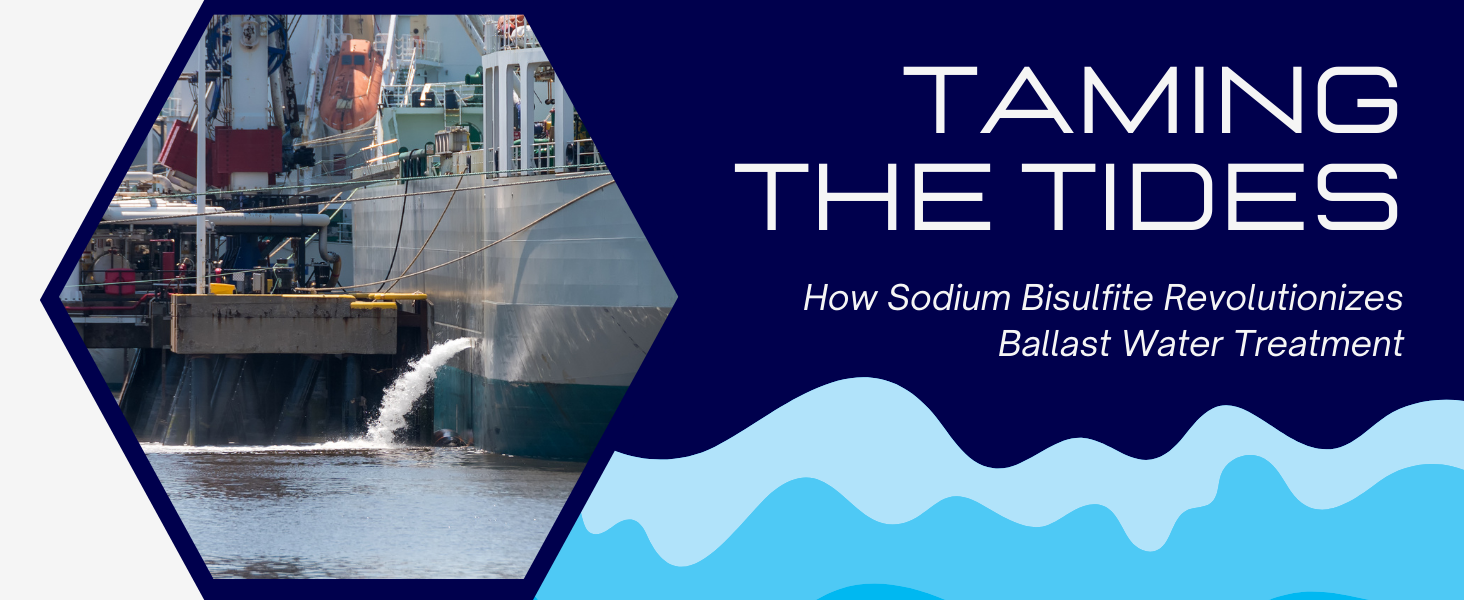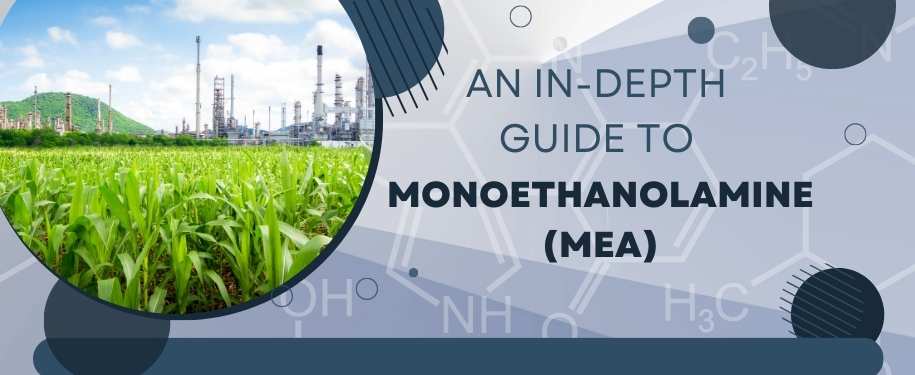
An In-depth Guide to Monoethanolamine (MEA)
In the world of chemistry, numerous compounds play critical roles in various industries, shaping the products we use daily and the processes that create them. One such compound is Monoethanolamine, commonly referred to as MEA. This article aims to provide an in-depth guide into understanding MEA, its production, applications, and handling.
What is Monoethanolamine (MEA)
Monoethanolamine is an organic chemical compound classified as an amino alcohol. Its chemical formula is C2H7NO, and it is often presented as a colorless, viscous liquid with an odor resembling that of ammonia. MEA is hygroscopic, which means it has the ability to attract and hold water molecules from the surrounding environment through absorption or adsorption. This compound is part of a family of ethanolamines.
Production of MEA
Monoethanolamine is typically produced on an industrial scale through the reaction of ethylene oxide with ammonia, a process known as ammonolysis. This reaction takes place under high pressure and temperature, with the subsequent product purified through a series of distillations. It’s interesting to note that other chemicals such as Ethylene Glycol and Ammonium Hydroxide 29% ACS available at Alliance Chemical also involve similar production processes, emphasizing the interconnectedness of chemical manufacturing.
-
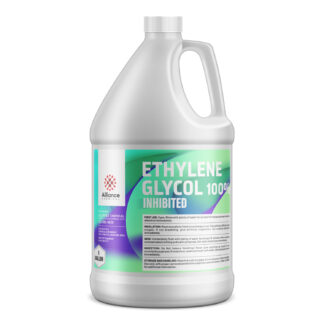 100% Ethylene Glycol Inhibited$22.00 – $3,200.00
100% Ethylene Glycol Inhibited$22.00 – $3,200.00 -
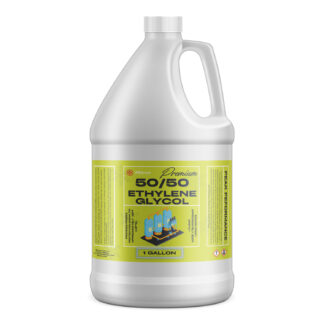 Ethylene Glycol 50/50$20.00 – $3,200.00
Ethylene Glycol 50/50$20.00 – $3,200.00 -
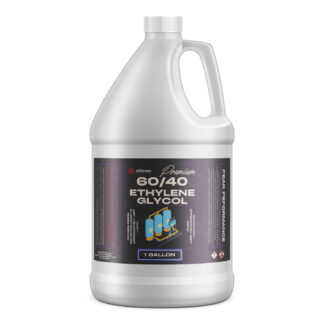 Ethylene Glycol 60/40$20.00 – $3,105.00
Ethylene Glycol 60/40$20.00 – $3,105.00 -
 Ammonium Hydroxide 29% ACS Grade$30.80 – $6,534.00
Ammonium Hydroxide 29% ACS Grade$30.80 – $6,534.00 -
 Ethylene Glycol Semiconductor Grade$21.00 – $3,300.00
Ethylene Glycol Semiconductor Grade$21.00 – $3,300.00
Applications of MEA
MEA is a versatile compound with a wide range of applications across various industries. Its unique properties make it an essential ingredient in many processes and formulations.
- Gas treatment: MEA is widely used in gas treatment processes, specifically in the removal of carbon dioxide (CO2) and hydrogen sulfide (H2S) from natural gas, refinery gases, and other gaseous streams. In this application, MEA serves as a gas sweetening agent. In the same industry, chemicals like Sodium Hydroxide are often used to neutralize acidic by-products.
- Chemical intermediate: MEA serves as a valuable precursor to many different compounds in the chemical industry. It is often used in the production of ethylenediamine, a key ingredient in the manufacture of various resins and textile fibers. Similarly, Acetic Acid Glacial 99% ACS and Isopropyl Alcohol 99% from Alliance Chemical also act as essential intermediates in the production of various products.
- pH regulator in cosmetics: MEA is used in the cosmetics industry as a pH regulator. By neutralizing acidic components, it helps to maintain the pH of various cosmetic and personal care products. In this same industry, Boric Acid Powder 99% ACS Grade is often used as an antiseptic, insecticide, or flame retardant.
- Detergent manufacturing: Monoethanolamine is used in the manufacture of liquid laundry and dishwashing detergents due to its ability to provide superior cleaning with minimal impact on the environment. In a similar vein, Sodium Hydroxide Flakes are often used in soap-making processes.
The broad scope of MEA’s applications speaks to its versatility and fundamental role in the chemical industry, aligning it with other multifunctional chemicals like Acetone, and Isopropyl Alcohol.
-
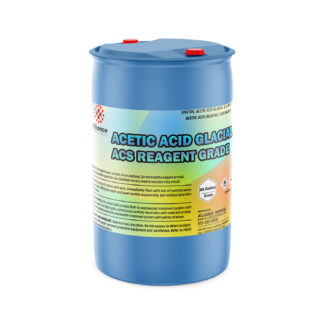 Acetic Acid Glacial 99% ACS Grade$27.00 – $8,100.00
Acetic Acid Glacial 99% ACS Grade$27.00 – $8,100.00 -
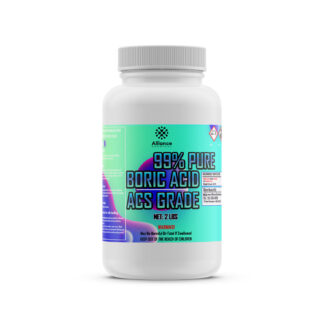 Boric Acid Powder 99% Acs Grade$55.00 – $4,080.00
Boric Acid Powder 99% Acs Grade$55.00 – $4,080.00 -
 Sodium Hydroxide Flakes$28.50 – $3,840.00
Sodium Hydroxide Flakes$28.50 – $3,840.00 -
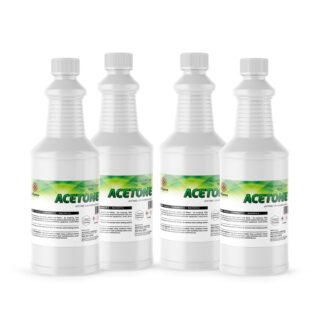 Acetone Technical Grade$30.00 – $3,900.00
Acetone Technical Grade$30.00 – $3,900.00 -
 Isopropyl Alcohol 99%$19.00 – $3,500.00
Isopropyl Alcohol 99%$19.00 – $3,500.00
Safety and Handling of MEA
Safety is paramount when dealing with chemical substances, and Monoethanolamine is no exception. MEA, while highly useful, can pose risks to human health and the environment if not handled properly. As such, it’s crucial to understand how to safely handle and store this chemical.
- Personal Protective Equipment (PPE): When handling MEA, workers should wear appropriate PPE, including gloves, safety glasses, and protective clothing. This helps to prevent skin and eye contact, which can result in irritation. In some scenarios where MEA is used, other substances like Sodium Hypochlorite 12.5% and Acetic Acid Glacial may also be present and require similar PPE protocols.
- Storage: MEA should be stored in a cool, well-ventilated area away from direct sunlight and extreme temperatures. The storage area should also be free from sources of ignition and incompatible materials. The same storage guidelines apply to other chemicals like Isopropyl Alcohol and Ethylene Glycol.
- First Aid Measures: In case of contact, immediate measures should be taken. For skin contact, wash with soap and plenty of water. In case of eye contact, rinse thoroughly with plenty of water for at least 15 minutes and seek medical assistance. In any situation involving these chemicals, quick response and correct first aid measures are vital.
- Spill and Leak Procedures: In case of a spill, absorb the liquid with an inert material and place it in a suitable waste disposal container. Similarly, for other chemicals like Acetone, immediate cleanup is crucial to prevent further damage or risks.
Conclusion
Monoethanolamine is a fascinating compound, vital in multiple industries for its varied applications. From gas treatment to detergent manufacturing, its versatility and efficiency make it an indispensable chemical in many industrial processes.
Understanding its properties, applications, and safety protocols can optimize its usage and minimize potential risks. The knowledge of how to handle MEA, along with other substances like Sulfuric Acid, Hydrochloric Acid, or Isopropyl Alcohol, is fundamental to operating safely and efficiently in any chemical or industrial setting. At Alliance Chemical, we are committed to providing not just high-quality chemical products but also the necessary information to ensure safe and effective usage.
MEA, alongside the vast array of chemicals available at Alliance Chemical, drives the functionality and advancement of countless products and processes that shape our world today. As we move towards the future, the importance of these compounds will only continue to grow. By broadening our understanding of these substances, we can continue to drive innovation, while maintaining a strong emphasis on safety and environmental responsibility.




